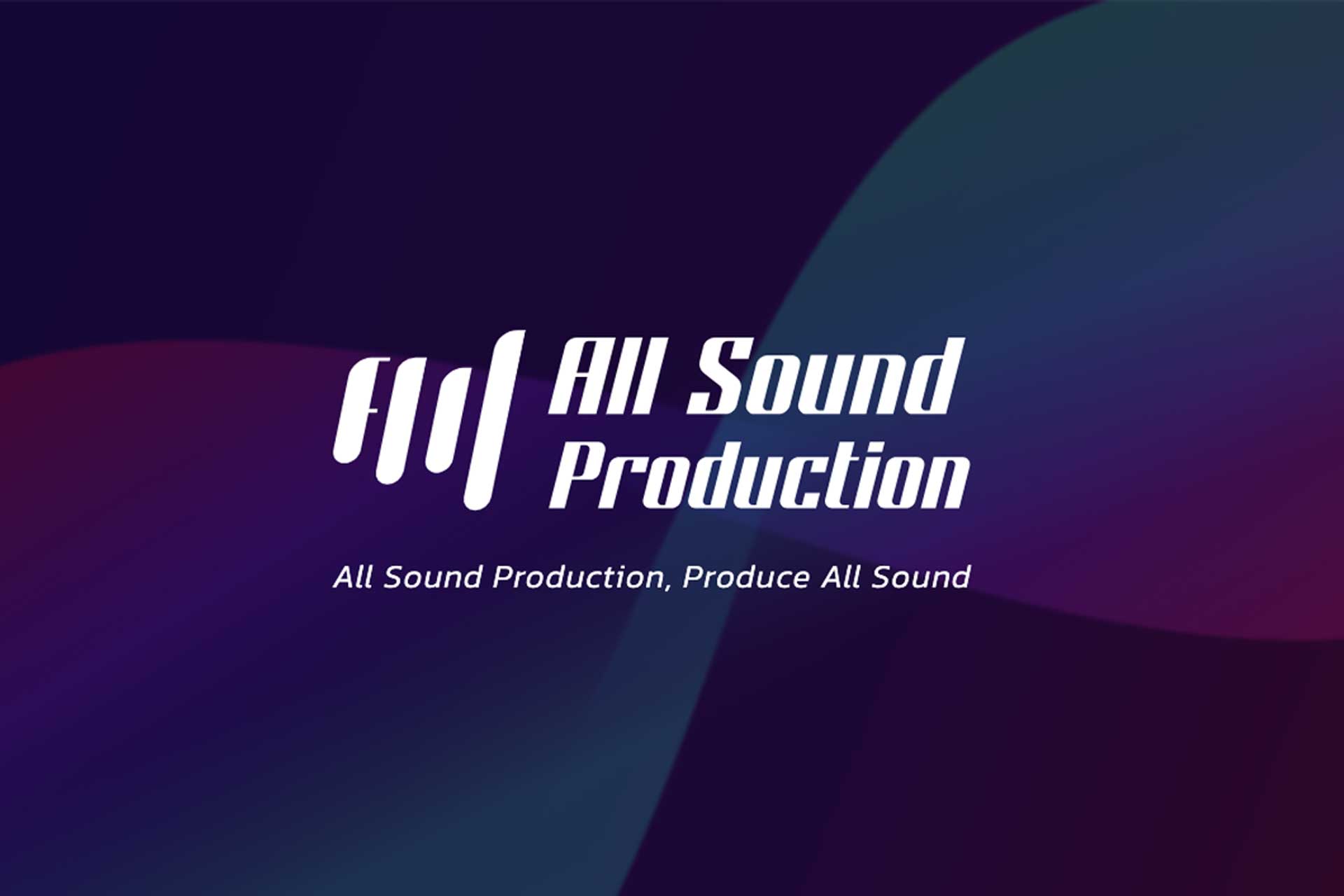Interview with Hui Yu Ho from United States

Interview with Bowen Shen from United States
January 26, 2024
Interview with Dmitrii Lagunov from Georgia
January 26, 2024I'm Hui-yu Ho, but I also go by May. I'm a web developer turned UX designer, currently based in Seattle. Through web development, I got in touch and fell in love with the user experience. With my passion for programming and product design, I welcome the challenges of creating meaningful and thoughtful products. My goal is to bridge the gap between design and development.
As a web developer, I was obsessed with the joy of building a service and seeing people use it. But then I started to wonder how people use the service, what people think about it, and how to make it easier to use. My curiosity about the relationship between products and people led me to the field of human-computer interaction, focusing on human needs and behavior while keeping an eye on technology.
I work at Edifecs as an Associate UX Designer. I streamline complex workflows and design easy-to-use user interfaces (UI) to create positive UX for enterprise software. Before that, I worked with several startups doing UX design and web development.
My favorite kind of digital design is web design because web pages work on laptops, PCs, and smartphones…on any digital device that has a browser. It is sometimes challenging (and perhaps frustrating) to deal with some browser-specific issues, but I think it is also a fun part of web design.
For me, design involves finding a balance between purpose and constraints. So, a good design is something with a great balance – it fulfills the purpose while taking into account the constraints.
Rationality – that's what I would say if I could use just one word to describe my design style. While the design world often stresses the importance of creativity – and I agree that it is essential – rationality also plays a crucial role, especially in UX, where we need to understand our stakeholders to uncover pain points and design for them.
To put it simply, my design process consists of three phases: understanding, designing, and gathering feedback. The first stage, understanding, includes observation, communication with stakeholders, and research. The second phase, Design, is about exploring different design patterns and choices and creating flow and UI. The third stage, feedback gathering, is to demonstrate the design to peers, managers, or stakeholders, to understand how people perceive the design to help me identify issues. Since UX design usually involves a lot of iteration, this design process could be repeated multiple times for one design.
I draw inspiration from my daily life. I cannot help but keep analyzing the UX design of the objects I use every day, such as the kettle and dishwasher in my kitchen and the apps on my smartphone.
I'm curious about how UX designers could use AI in creating UX design. I do not think UX designers will be replaced by AI, but it is important to figure out a way for AI to help us increase efficiency and, ideally, effectiveness.
It is a great encouragement to me. I am delighted and proud to have received this recognition for the website I designed and developed.
My work, All Sound Production Website, won Gold for Best Responsive/Adaptive Design for Mobile, Website Redesign, and Multilingual Site in the Website & Mobile Sites category. It is designed for an audio production studio based in my hometown of Taipei, Taiwan. They mainly serve customers in Taiwan, but also provide services remotely to overseas customers; therefore, they wanted a bilingual website with information in both traditional Chinese and English.
I chose to enter this project because the All Sound Production website is a customer-facing website showcasing a company's brand identity, which is very different from what I usually do in my current job, enterprise software with complex functional requirements and flows.
One of the challenges I had with this project was to capture the image that my client, All Sound Production, wanted to show the world. Their old website and the pictures they posted on social media all had very different visual styles. It took me some time to extract the "modern, simple, and cool" feeling they wanted and integrate it into the design.
Getting the award is a great honor for me. While I greatly appreciate the recognition, I have not seen a significant change in my day-to-day work or career trajectory. However, this honor is like a motivating factor that encourages me to uphold high standards in my design projects.
1. Fast Pace – Things are always evolving. I appreciate the dynamic and ever-changing nature of the digital industry.
2. Continuous Learning – In a field where technology and design media are constantly evolving, professionals in the digital industry must stay up-to-date, adapt to new tools, and understand the changing dynamics between technology and people.
3. Inclusiveness – Technology bridges the gap created by physical differences.
My country is distinguished by its strong technology industry and rich cultural diversity. While recent attention has focused on the technological aspect, with TSMC playing a critical role in the development of advanced technology, what is also worth mentioning is our cultural tapestry blending Han culture, Ruism, Taiwanese indigenous culture, Japanese culture, and a touch of Western influences, which provides a backdrop for innovation. With globalization and increasing immigration from Southeast Asia, our culture is evolving dynamically, contributing to a more diverse and innovative environment.
It is such a big question… It is hard to say for sure what the evolution of the digital industry will be like, but I think there will be more research and exploration of the human relationship with technology. We need to figure out what technology can do and how we want it to help us.
Let your rationality and creativity guide you through design. After submitting the entry, just do not worry about it. If one day you get an email informing you of recognition, it is great; if you do not win the award, it is not the end of the world. All learning, practice, and effort will never betray you.
Learn and do. Knowledge builds your foundation, and practice hones your skills.
Living in a world where many UX professionals continue to emphasize creativity, honestly I don't think I'm a creative person. I have been worried about this for quite some time, worried that I'm not a qualified designer because of this. However, I finally realized that rationality also plays an important role in UX. Although I am not very creative, I am proud of my critical thinking.
One person who has been a great inspiration to me is my former manager, DeAndre. In his leadership role, DeAndre has demonstrated an exceptional ability to build trust within our team and create a climate of open communication and collaboration. What surprised me the most was his remarkable emotional intelligence. Even when faced with challenging situations and differing opinions, DeAndre maintained a polite and professional tone, navigating difficulties with grace. How he fostered a positive work environment and handled diverse perspectives has greatly influenced my understanding of teamwork and leadership, contributing significantly to my professional growth.
Winning Entry
All Sound Production Website | 2023
(read more at Vega Digital Awards)
Hui Yu Ho
Hui-yu Ho, a UX designer, is based in Seattle. She started as a web developer but became passionate about UX design. She enjoys designing products with a focus on users and their needs, while keeping an eye on technology.
Read more about Jacquie Joy's interview for the 2023 Vega Digital Awards!


